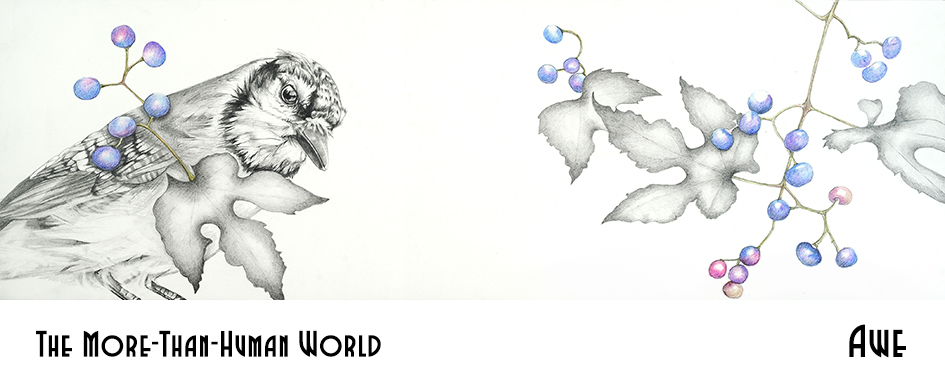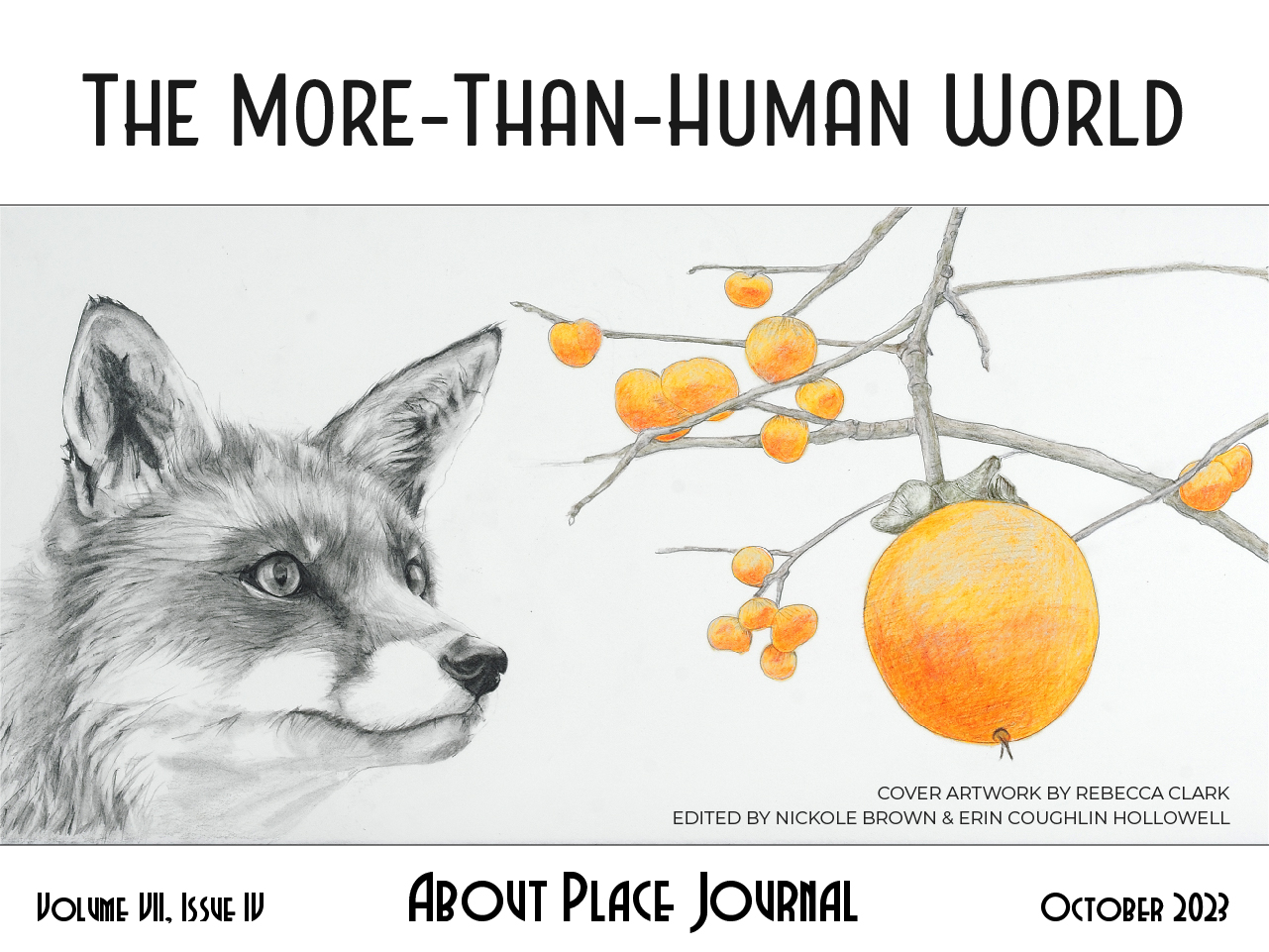Lichens were never the subjects of still lifes. They might have been if we didn’t love such lavish measures of the end, our earthly desires and vanities arranged by the Dutch masters as fat wheels of cheese, candles pooling creamy wax, bright lemons peeled to their velvety pith, pheasants curing on filigreed trays, and over it all like a pearly, held breath, late sunlight through a kitchen window briefly warming eggs in a bowl, icing the stems of chalices, everything paused, posed, and gloriously sheened before the coming dark.
Lichens do nothing lavishly. Their rough crusts cover the surface of stone and patches of bark where the light’s let in. They crawl above the water line and rash the length of rocky coasts. Even at their deep-down most alive, most look at first glance completely done.
Look harder, into the sallow, pocked surface of a simple Greenshield or Spangled Rosette (my tear-drop shaped jeweler’s loupe, eye right on it, lens against the rock) and there are the layers of tufted petals, hyphae clustered like organ-pipes, and underneath, the hairlike rhizines holding tight to the face of the world. And though I’d need a finer scope to see the collaborations at work (the way algae gathers light and air to make sugar for the sheltering fungus), if I remember to make vast my sight, I too can know the transformations – that over time, lichen weather ancient rock, break it apart, dissolve it with acids and as they die, offer those minerals back to the ground. And if I think in traceries, all that’s drawn up through the roots and stems and leaves of anything on my plate — I can feel the slow sifting through lichens to me.
Lichens disquiet the subjects of still lifes, what lush is, how abundance comes. The clay-greens, powder-grays, and chalky-gold specks, the soft and diffuse challenge me. I who have needed the high blush of a bruised pear to impassion a scene, and plums washed of their protective bloom, so I might see my reflection therein. I have courted the live edge. The fiery verge. Flumes of whitewater. The drama of falling. A crisis slow-coming, then all of a sudden.
Like the moment of our current dying.
Since lichens were never the subject of still-lifes, we missed the chance to train our sight on the stretch of eons, the reach of eras. On lichen time. How to imagine a body crossing an epoch. What it looks like to reconstitute after decades of thirst, or to thrive in the heat of volcanic springs, on the surface of deserts, below miles of ice, inside the very body of granite. What flowering is after irradiation. How to dwell in impossible places. And though every leaf stunned red-gold in fall is enroute and in motion, we call winter a death and not a resting, no eye for endless forms in the making: leafmold becoming ground, then sustenance for trees and the tree-extendeds – the borers, aerators, spore catchers, nibblers, leachers, hydrators, all of us who, in our time, in our way, take in the bones, drink down the rain.
Our job for the moment — I mean, ever after? Repair the story of transience.
Lichens are slow lifes. No, that’s not right, let me reassemble the language — slow lives. Not a singular, but a colloquy – biome upon biome, algae-and-fungi kinned with worms, waterbears, bacteria, yeasts — so many enthreaded ways of being, and none divisible, nothing a mere part. All of it lichen. You might even say: a lichen are. Are systems + beings + dwelling places. Sites of exchange and regneration, some forms breaking off and rerooting, some finding each other in air and mingling. Settling on boulders, pilings, fences, spreading on silvery slats of old barns.
Spangled on windfall, underfoot.
Shingled into hummingbirds’ nests, overhead.
The work this moment most needs? Retraining the eye that loves the end.


